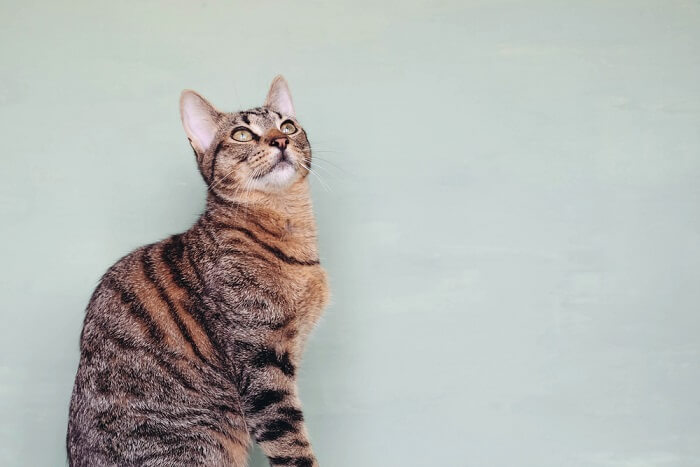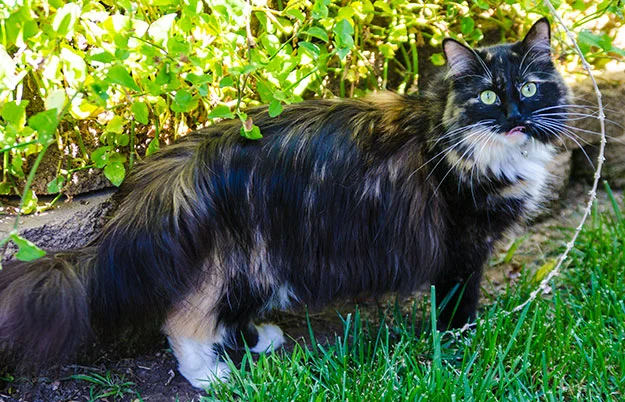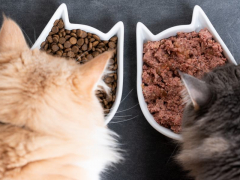Cats are such beautiful beings. Those eyes. Those long tails. Those twitchy little whiskers. And, of course, that magnificent fur. It doesn’t matter if a cat has long hair or short hair, each cat’s coat is truly unique in its own special way. When it comes to cat fur, there are also a lot of interesting facts you can learn about what makes their fur so special.

It’s suggested that cats spend nearly 30% of their day grooming themselves.
Keep reading to learn some interesting facts about cat fur you may not have known…
#1 First, you can’t talk about cat fur without first talking about grooming—because it’s something that every single cat does regardless of coat type and length. So, how much time do cats actually spend keeping up with their cat fur? Well, it’s suggested that cats spend nearly 30% of their day grooming themselves.

#2 Some cat breeds have thick double coats that allowed them to survive harsh winters before domestication—such as the Siberian, Maine Coon cat, and Norwegian Forest Cat. These cat breeds often have tufts on their ears and paw pads, too.
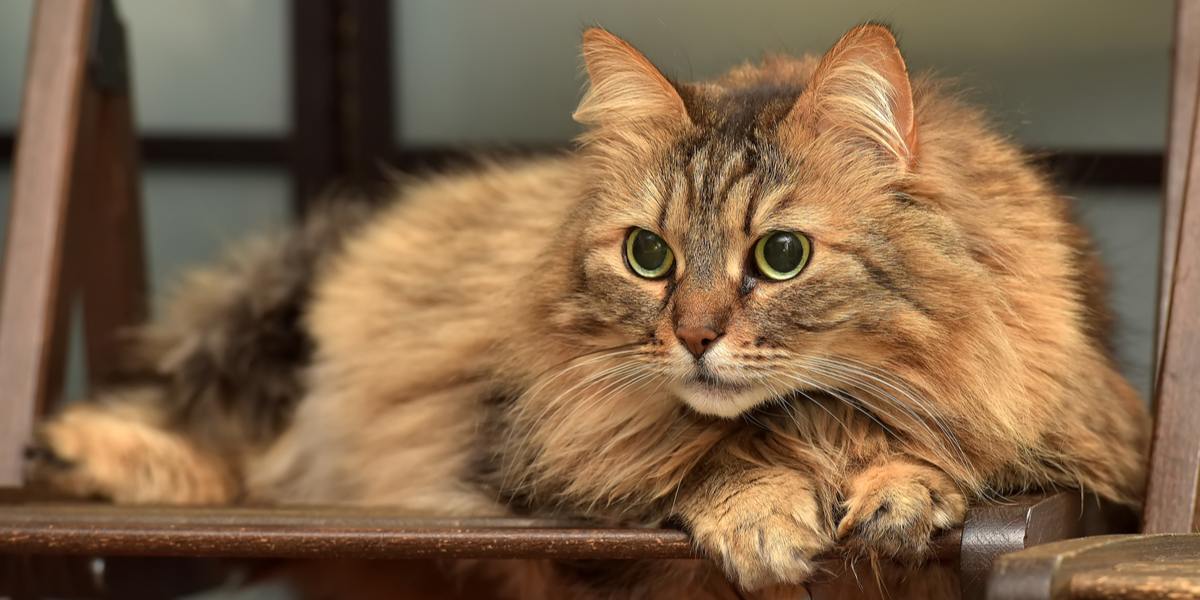
#3 When it comes to Bengal and Cashmere Bengal cats, you’re not just seeing spots—you’ll see “glitter” as well. This is because this wild-looking cat breed has what is called a “glitter gene” in their genetic makeup, the result of which produces an iridescent glittery glow all over their coat.
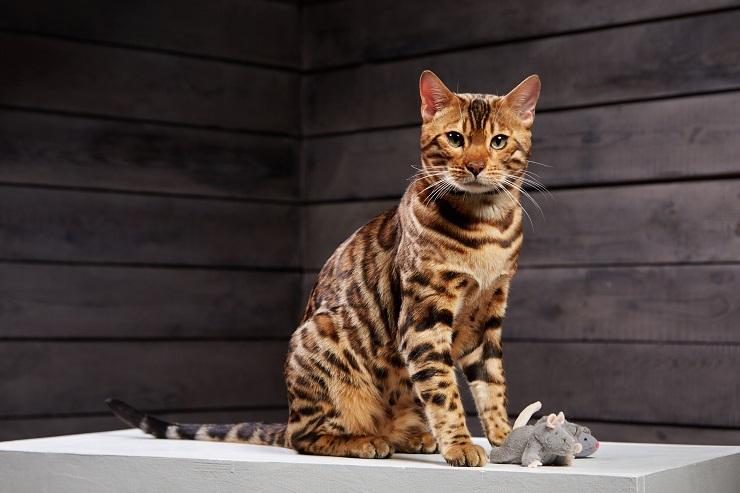
When it comes to Bengal and Cashmere Bengal cats, you’re not just seeing spots—you’ll see “glitter” as well.
#4 Most cat breeds have three layers of fur. These three layers are identified as guard hairs, awn hair, and down fur. There are some cat breeds that only possess down furs, like the Devon Rex and Cornish Rex cat breeds. And there are also hairless cat breeds, like the Sphynx and Peterbald, that only have peach fuzz hair all over their skin on their bodies. This peach fuzz found on hairless cat breeds is technically referred to as vellus hairs.
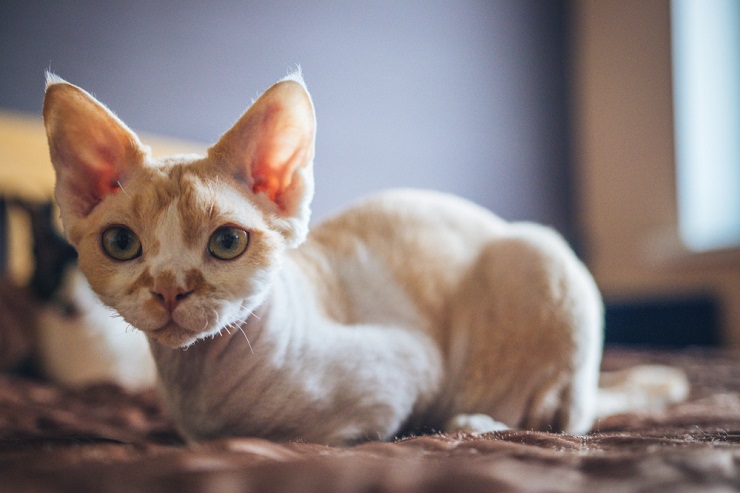
#5 No two tabbies, tuxedos, calicos, or tortoiseshell cats will ever have truly identical fur. They can look eerily similar, but they will never be identical to another—even if the two cats come from the same litter of kittens. Consider your cat’s coat to be equivalent to a human’s fingerprint!
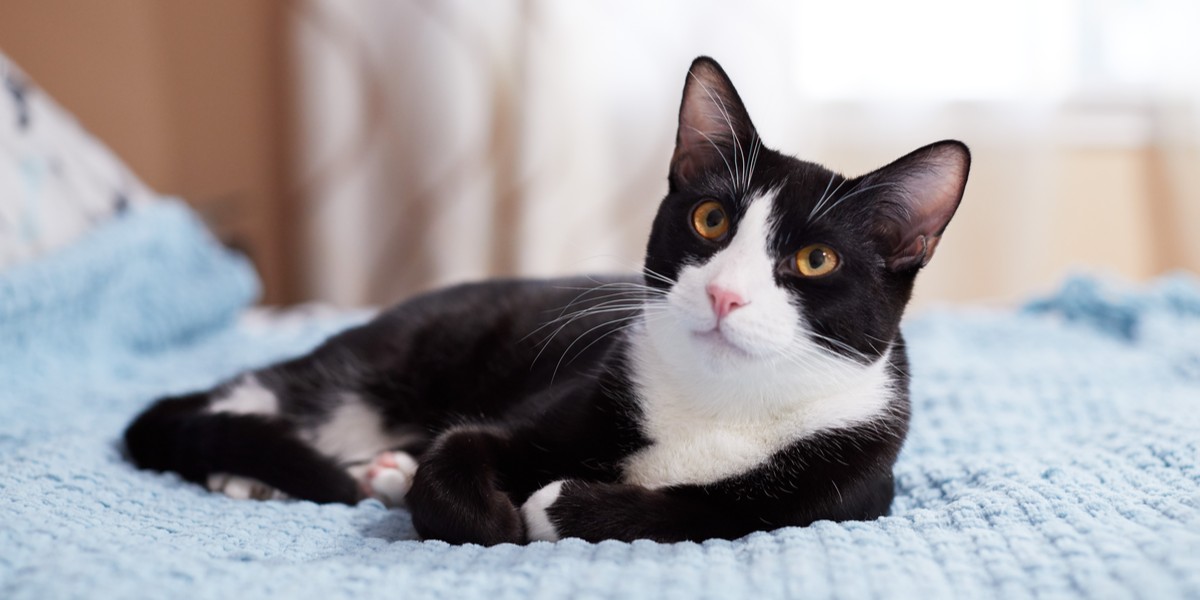
#6 Some cat breeds, like the Turkish Van and the Maine Coon cat have naturally water repellant coats. And many cats of these breeds are known to love water, too!
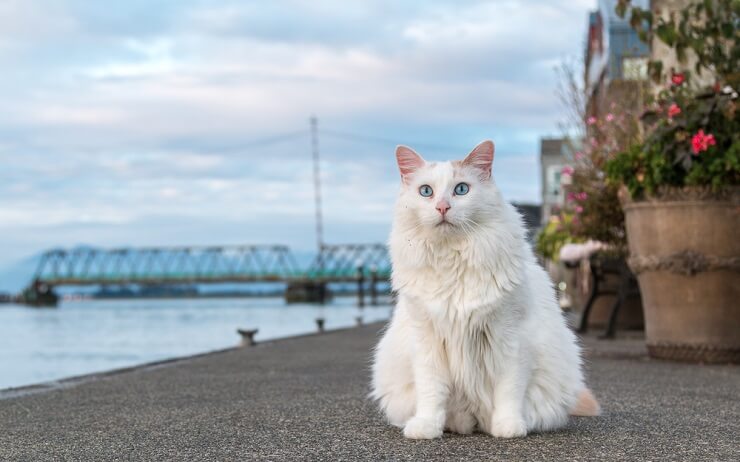
This ancient breed of cat loves water so much, that it’s been nicknamed “the swimming cat.”
#7 There is only one breed of cat that is exclusively black in coat color—all the way down to their whiskers, nose, and toe beans. These wild-looking and exotic felines are known as the Bombay cat breed.
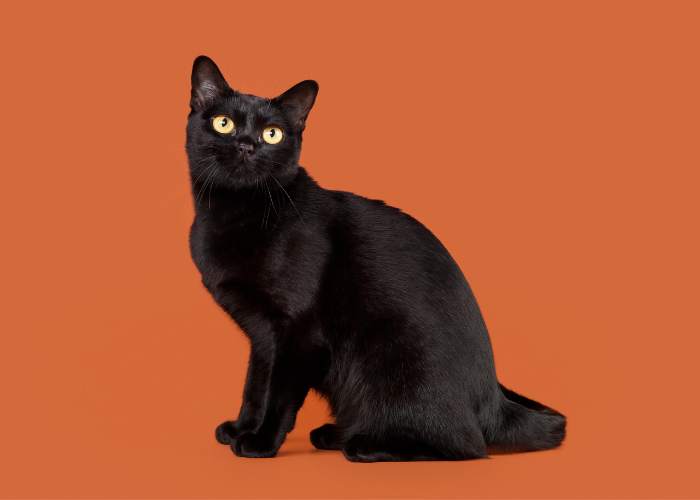
#8 The thick, straight hairs that protect your cat’s body and help to keep them warm are known as their guard hairs, which are also referred to sometimes as primary hairs. These primary hairs also assist in your cat’s sense of touch.

#9 If your cat lives exclusively indoors, they are more likely to shed year-round, whereas a cat that lives outdoors primarily sheds in the spring and fall months.

#10 The rarest coat colors for cats are brown, cinnamon, smoke, lilac, fawn, and chinchilla.
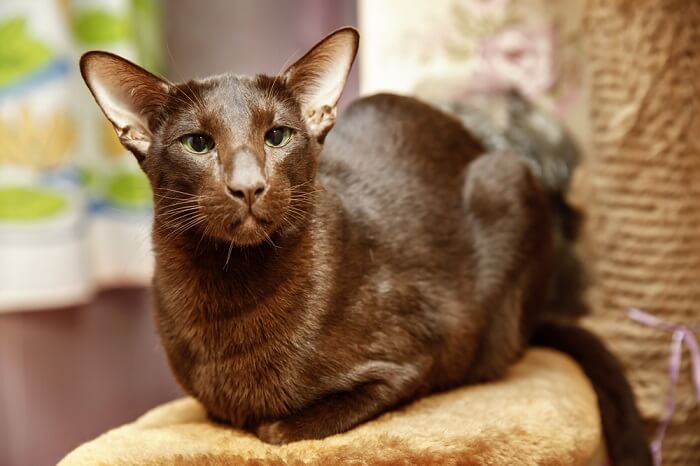
The rarest coat colors for cats are brown, cinnamon, smoke, lilac, fawn, and chinchilla.
#11 The most common cat coat colors are black and brown tabby markings.
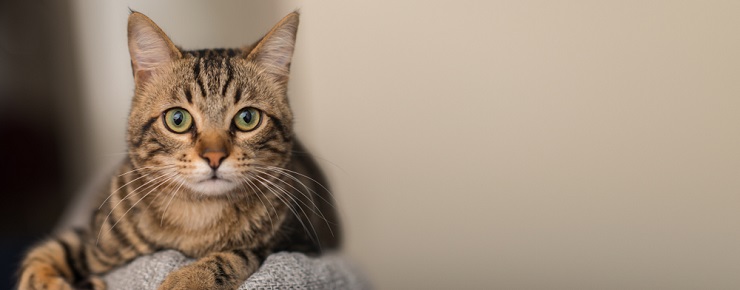
#12 The chromosome which results in cats being orange in color also controls their gender. This is why so many orange tabby cats are male, with only 1 in 3,000 being female; and vice versa for our calico cat queen friends. Thankfully, female ginger cats can still live long and healthy lives. For male calico cats, the same cannot usually be said.
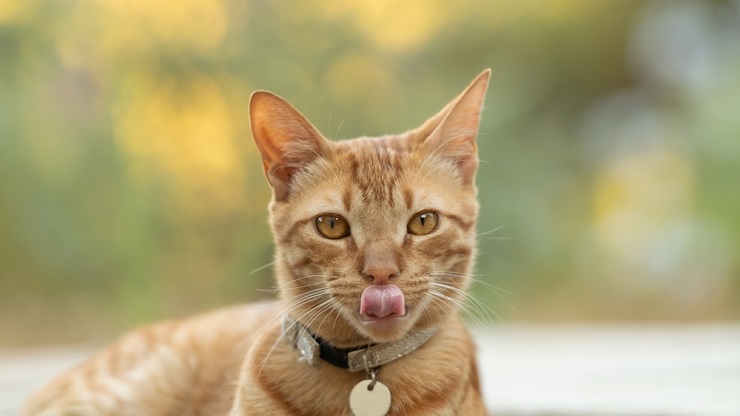
#13 We know that cats have a lot of hair. But just how much do they have? The average domesticated feline is said to have 130,000 hairs.
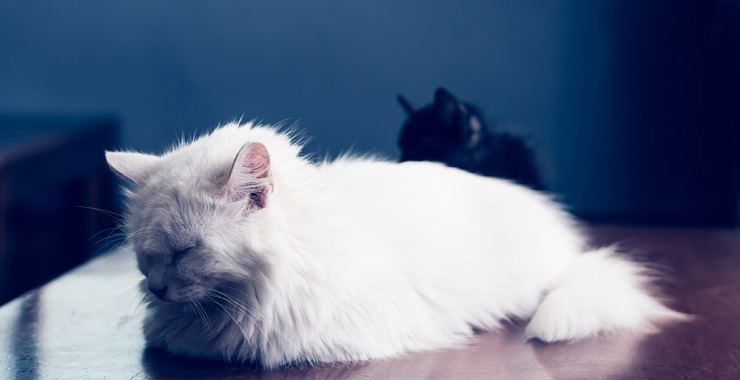
#14 For longhaired cat breeds with thick double coats, it’s estimated that nearly a fourth of their body weight is made up by their fur.
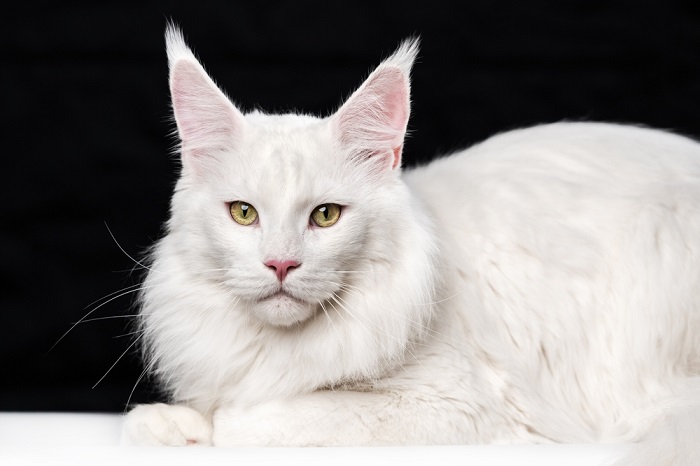
#15 While it’s been said that no cat breed is truly hypoallergenic, the Russian Blue cat breed is said to produce significantly lower levels of Fel d 1 in their saliva (which is the protein responsible for triggering cat allergies in humans). Some other hypoallergenic cat breeds can be found here.
#16 In California, there is a rescue cat with fur so long, that she holds a Guinness World Record! Sophie the cat has fur that measures 25.68 cm (10.11 in), and when she took the title in 2013, she dethroned the now late social media cat star, Colonel Meow, who crossed the Rainbow Bridge in October of 2014.
#17 The condition of a cat’s coat can give key insights into their health. Additionally, feral cats will often have clean, well-groomed coats, whereas stray cats will have coats that appear unkempt and disheveled.
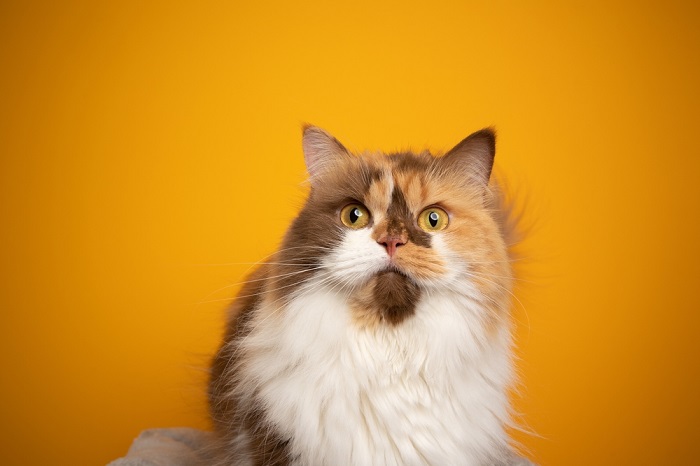
#18 Your cat does not require shaving to cool itself in the warmer months of the year. In fact, your cat’s coat is special in that it works to cool their body naturally as it can trap cool air close to their skin. Cats should only be shaved if deemed medically necessary, and never for fashion.

#19 A black cat’s fur can “rust” over time. But it’s not from spending time in the sunlight, it’s because their diet lacks the necessary protein needed to enhance their coat. And if you look closely at a black cat’s coat in the bright light, you will often see faint stripes.
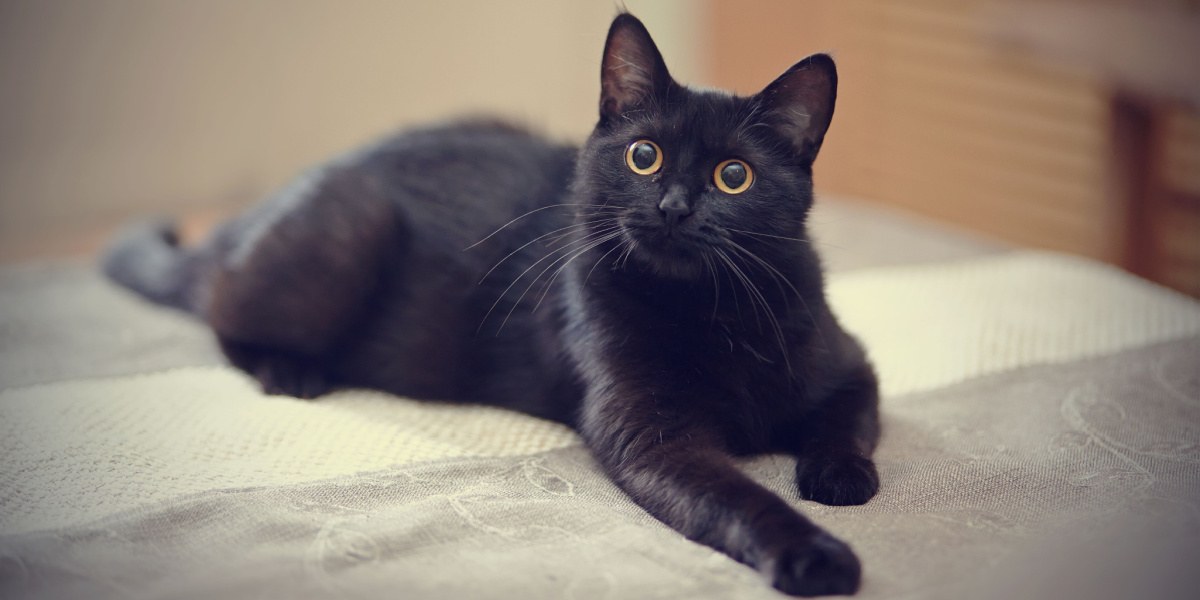
#20 All cats have cool coats, but the Siamese cat breed is best known for their color points. Although they’re born white or cream, a purebred Siamese cat will develop color points on their face, ears, legs, and tails by three months of age. These color points can be chocolate, seal, lilac, and flame.
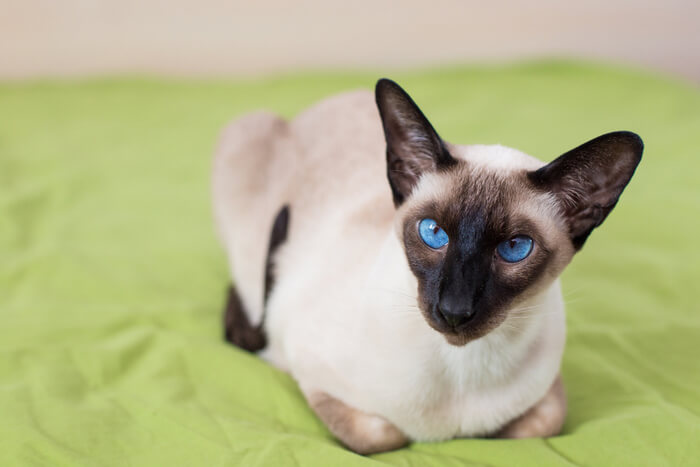
A few other breeds which have color points are the Balinese, Tonkinese, and the Havana Brown. This is because they have Siamese cat DNA in their lineage.
#21 A few other breeds that can have color points are the Balinese, Tonkinese, and the Oriental Shorthair. This is because they have Siamese cat DNA in their lineage.
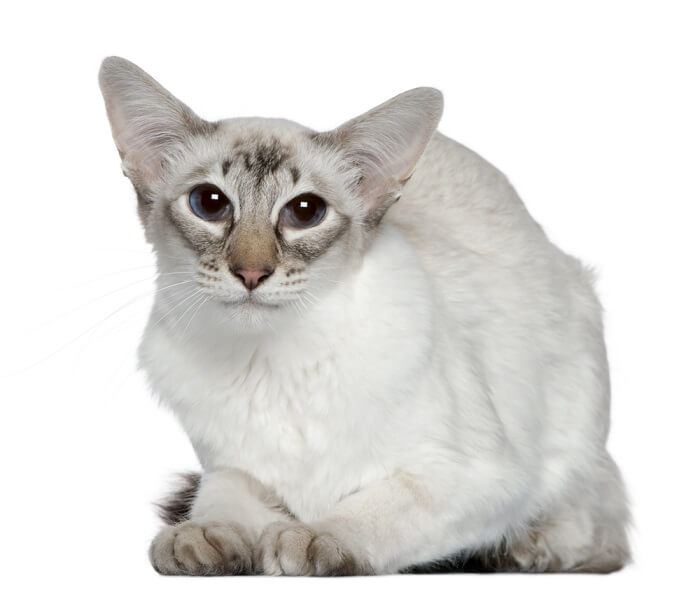
#22 There are several coat patterns that people often think are breeds of cats, but in actuality, many different breeds of cats can possess the genetic makeup to have these coat patterns. This includes ginger tabby cats, tuxedo cats, calico cats, and tortoiseshell cats. All of these are cat coat patterns and not breeds of cats.
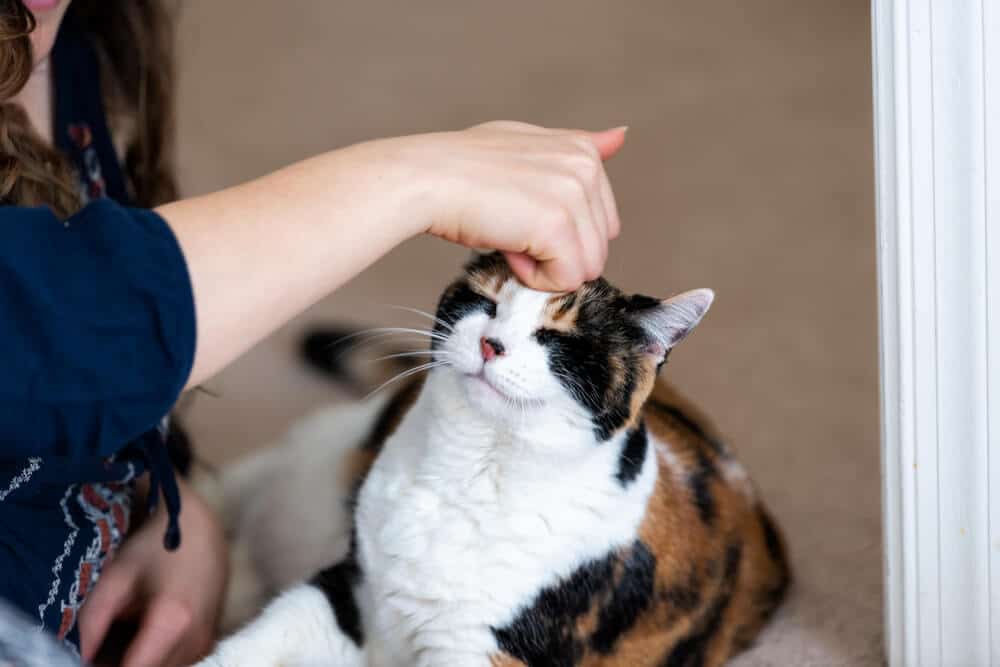
#23 Have you ever witnessed a startled cat whose hair stands up on end? This happens because each follicle of your cat’s hair is attached to tiny muscles that are known as arrector pili.
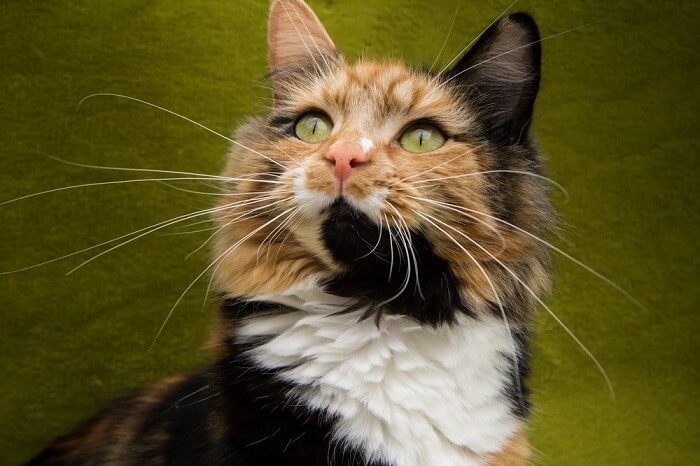
Now that you’ve learned all about cat fur, check out this next article on Cats.com where you can learn how to properly identify the different types of tabby coat patterns. Hint: There are five!
